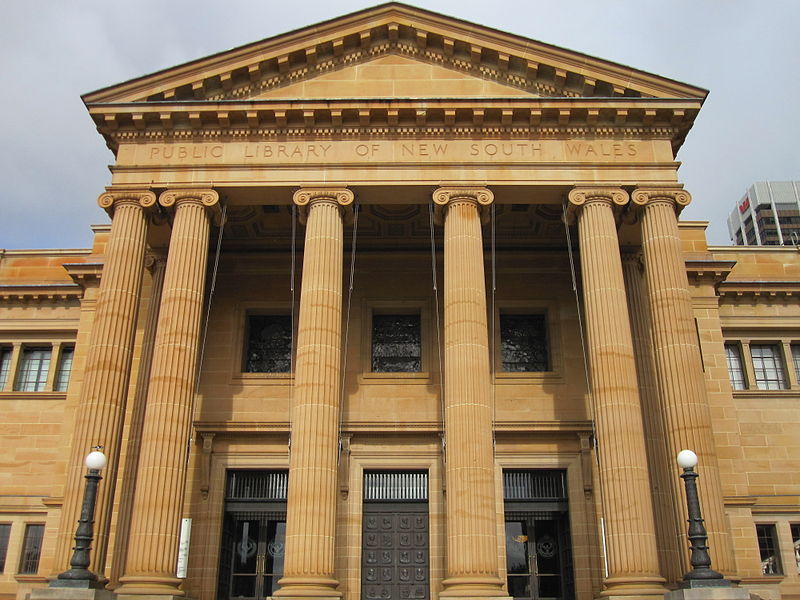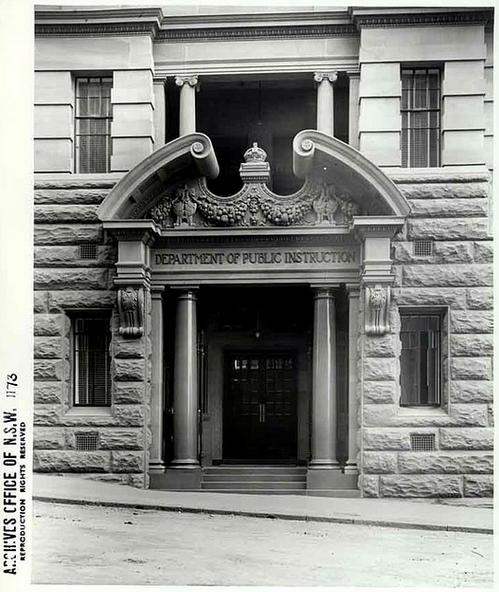
The office of the Director of State Psychiatric Services was the New South Wales government agency that supervised psychiatric institutions from 1958 until 1973. Its powers were transferred to the Health Commission in 1972 (later the Health Department).
The Inspector General of the Insane was an agency of the New South Wales Government that was created in 1876. The office was renamed Inspector General of Mental Hospitals in 1917. The first inspector, F Norton Manning, was appointed to supervise the Asylum for Imbeciles and Institutions for Idiots at Newcastle, the Lunatic Reception House…
The office of the Inspector General of Mental Hospitals was the New South Wales government agency that supervised psychiatric institutions from 1917 to 1958.

The State Library of New South Wales is the most important collecting institution in New South Wales. It is a deposit library, meaning copies of works published in New South Wales, including government publications, must be lodged with it. It holds a huge collection of manuscript items, journals, photographs and printed materials. A number of…
The Colonial Secretary was an essential position in the New South Wales Government. During the Colonial era (1821 to 1856) the Colonial Secretary supported the NSW Governor and was responsible for advising and receiving instructions from the British Government. After NSW achieved self-governence in 1856 the Colonial Secretary, was responsible for a range of essential…
The Department of Aboriginal Affairs in New South Wales is the custodian of the records of the Aborigines Welfare Board (formerly known as the Aborigines Protection Board) and the Chief Secretary. The Family Records Unit was established as a result of the New South Wales Government response to the Bringing Them Home Report to assist…
The Department of Family and Community Services was the new name chosen by the New South Wales Government for the Department of Youth and Community Services in 1991. In 1991 the Department’s name was changed to the Department of Health and Human Services.

The Department of Public Instruction controlled reformatories, industrial schools and training vessels from 1881, until the responsibility for such institutions were transferred to the Child Welfare Department in 1923. The Public Instruction Department was created by the Public Instruction Act 1880. This Act removed government funding from religious schools and made it compulsory for all…
The Department of Juvenile Justice was created in 1990 by the New South Wales Government. It is responsible for juvenile justice centres, which had previously been known as juvenile detention centres. In 2012 these were: Acmena (Grafton); Broken Hill Shelter (Broken Hill); Cobham (Werrington/St Mary’s); Emu Plains (Emu Plains); Frank Baxter (Mt Penang); Juniperina (Lidcombe);…
The Department of Technical Education was established under the Technical Education and New South Wales University of Technology Act, 1949. It was a provider of secondary training for children in New South Wales. In 1957 the Department was renamed the Department of Education.